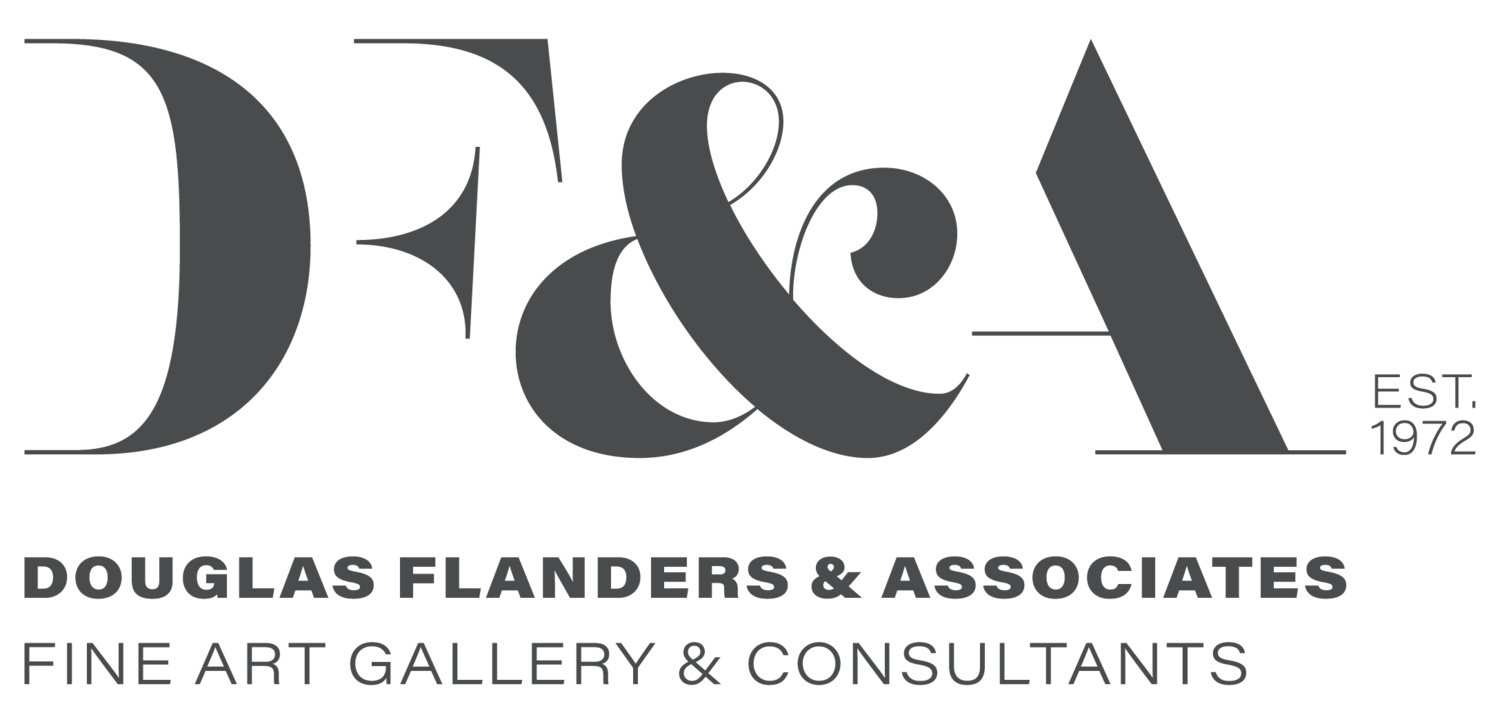Marc Chagall
Russian
b. July 7, 1887, Vitebsk, Russia —
d. March 28, 1985, Saint-Paul-de-Vence, France
Marc Chagall’s artworks are identifiable for the consistency of their dream-like qualities. He flirted with many radical modernist styles at various points throughout his career, including Cubism, Suprematism and Surrealism. Yet he rejected each of them in succession, remaining committed to figurative and narrative art, making him one of the modern period's most prominent exponents of the more traditional approach.
Chagall's Jewish identity was important to him throughout his life, and much of his work can be described as an attempt to reconcile old Jewish traditions with styles of modernist art. He also occasionally drew on Christian themes, which appealed to his taste for narrative and allegory. His best known works include drawings, oil paintings and prints. Characteristic are works that reflect Chagall’s childhood in Vitebsk and deliberate focus on his love for his wife Bella and their life together. The ability to fuse his cultural upbringing and emotional passion into his images is a testament to his superlative impact on the world of art through his recognition of love as life’s most powerful force.
Marc Chagall’s somewhat Impressionist brushy technique developed from studying in the early 1900’s at Saint Petersburg’s Imperial Society for the Protection of the Arts, the hub of fascination for all things French. In 1910 he moved to Paris, where he encountered Fauvism and Cubism. He participated in the Salon des Indépendants and the Salon d’Automne in 1912. His first solo show was held in 1914 at Der Sturm gallery in Berlin.
Returning to Russia he was appointed Commissar for Art in 1918. He founded the Vitebsk Popular Art School and directed it until disagreements with the Suprematists resulted in his resignation in 1920. He moved to Moscow and executed his first stage designs for the State Jewish Chamber Theater there. After some time in Berlin, Chagall returned to Paris in 1923 and met Ambroise Vollard, one of the most important dealers in French contemporary art at the beginning of the twentieth century. His first retrospective took place in 1924 at the Galerie Barbazanges-Hodebert, Paris. During the 1930s he traveled to Palestine, the Netherlands, Spain, Poland, and Italy. In 1933 the Kunsthalle Basel held a major retrospective of his work. During World War II Chagall fled to the United States. The Museum of Modern Art, New York, gave him a retrospective in 1946.
Chagall settled permanently in France in 1948 and exhibited in Paris, Amsterdam, and London. In 1951 he visited Israel and executed his first sculptures. Chagall continued to travel widely, often in association with large-scale commissions he received. Among these were windows for the synagogue of the Hadassah University Medical Center, Jerusalem (installed in 1962); a ceiling for the Paris Opéra (installed in 1964); a window for the United Nations building, New York (installed in 1964); murals for the Metropolitan Opera House, New York (installed in 1967); and windows for the cathedral in Metz, France (installed in 1968). In 1977 Chagall received the Grand Medal of the Legion of Honor, France’s highest accolade. That same year, he became one of only a handful of artists in history to receive a retrospective exhibition at the Musée du Louvre, Paris, In 1985 a major retrospective was held in the United States at the Philadelphia Museum of Art.
Marc Chagall’s artworks continue to be collected internationally.


Roses et Mimosa (Roses and Mimosa)
1975
Original lithograph printed in colors on wove paper
Image size: 26 x 20.5 inches
Sheet size: 32.625 x 25.75 inches
Hand-signed in pencil lower right Marc Chagall








